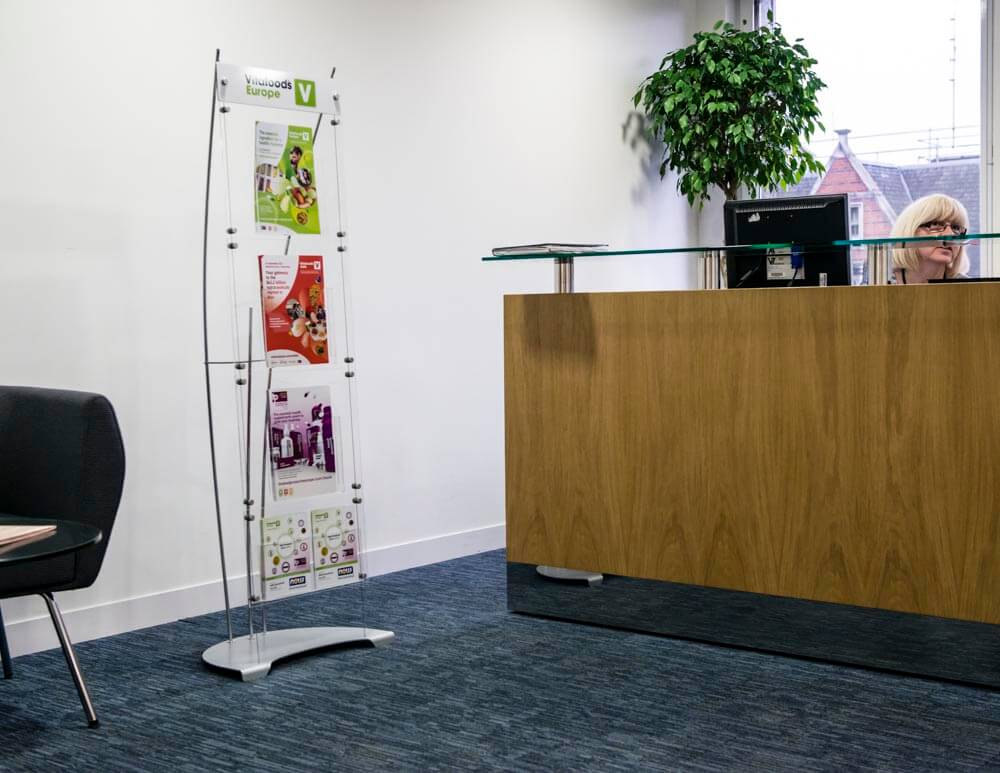
Double Your Display Power With Brochure And Leaflet Holders
If you make your living selling something which is a serious investment rather than a throwaway purchase picked up on a whim, you might find that some of the sales advice out there doesn’t apply to you. Very, very few people will ‘just grab’ a new kitchen, a vehicle or a holiday! Understandably, the owners of small-to-medium-sized businesses which pay the bills selling big ticket items almost always ignore small-time sales advice, which can lead to missing out on some excellent tips which with a little thought might translate into long-term sales and added value overall.
Starting upselling
The first and worst mistake is to underestimate the importance of up-selling. The term is usually used with regards to small one-time purchases offered at the point of sale: think some dessert or a drink when buying a fast food meal. However, just as no sales-based business can consistently reach targets without trying to turn every near-miss into a sale, no sales-based business can bust targets without turning every single sale into two.
Up-selling for big ticket items
The key to making every sale stick, and adding value wherever possible, is upselling: in this case, not by making a well-placed suggestion at the point of checkout, but by making products in every price-range visible and accessible for customers to appreciate. If you run and operate a showroom-type premises, particularly when selling larger items, you’re probably constantly battling to make the most of limited space. Where the practicalities of your showroom make it impossible to showcase every possible option, it’s important to make up the difference with clever displays. With a little expertise and an understanding of psychology, it is possible for a small range of models supplemented by the right display technology to do the work of an almost unlimited showroom space. Every model, size or style you can showcase should be carefully accompanied by a display showing the other options, in a price-point or two above and below the model you’ve been able to display.
Use leaflets, posters, standalone displays, screens and terminals to show the options you haven’t been able to display. If you’re not sure what you need or where to position it, imagine your perfect showroom: where would each item stand? In what order would you display the items? Use both high- and low-tech displays on either side of the individual items to mimic the ideal line-up.
Walking through
Once you know what you want, position it by viewing your space from a customer’s point-of-view: walk around from left to right, front to back or following your easy-to-read flow indicators, and look at the customer’s eyeline. What is the first thing they see? What do they see once they’re done looking at each product? This is where you upsell: instead of showing just the specification of the product that is present, or asking a sales representative to offer more expensive options, accompany the product with well-placed leaflets and brochures showing some ‘alternatives’ at a higher price-point. The bonus is that your customers may well take several leaflets, taking your brand home with them in a tangible way and making it easier to discuss, come to a decision and get in touch to move on to the next stage.
Author bio
The author is a business blogger working in retail, who writes about small business ownership and the British high street. She uses the Display Developments website to design the perfect display and compare prices.